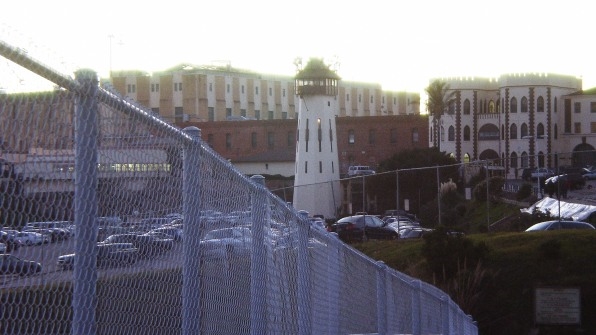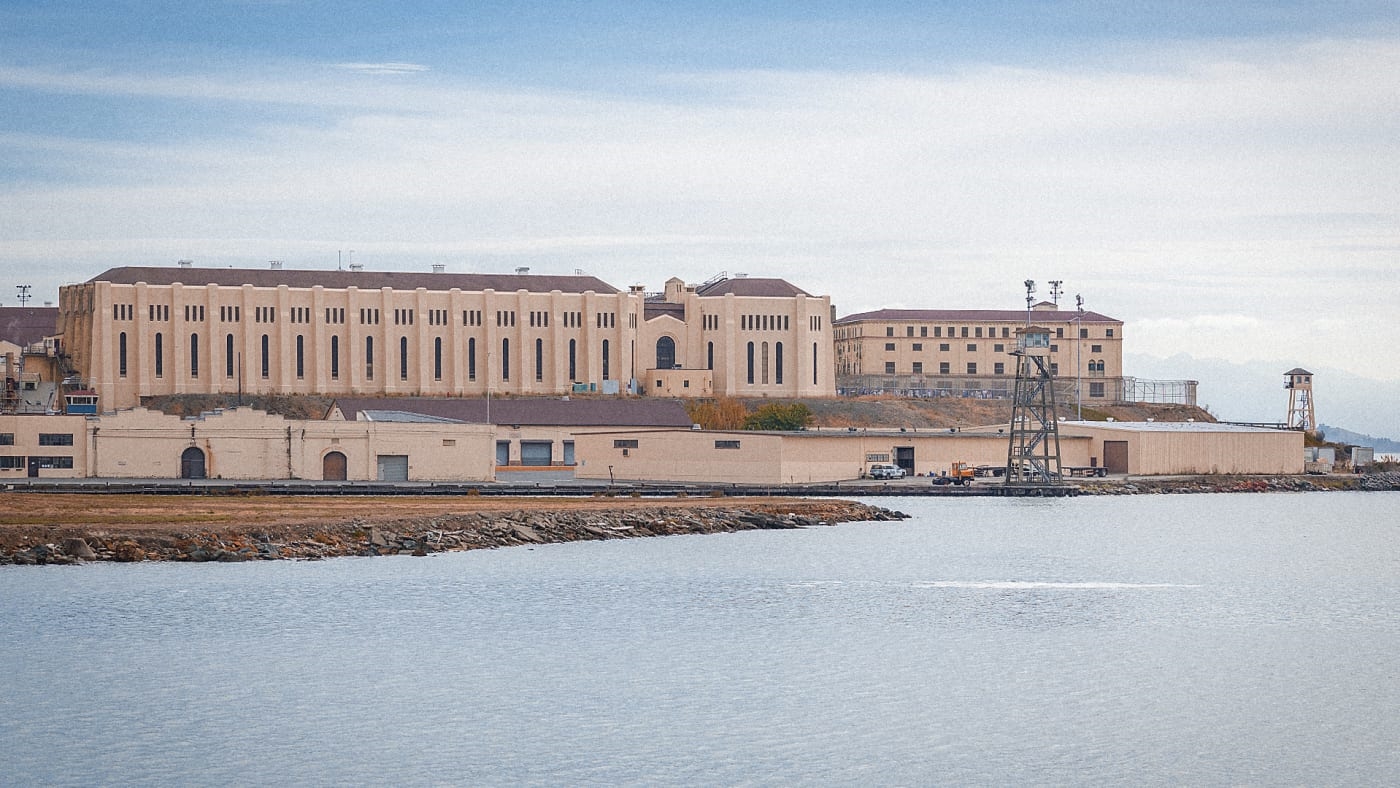California’s Prison Education System Is Yielding Impressive Results
In 2014, San Quentin was the only prison in California that offered in-house instructor-led collegiate classes to inmates. For people incarcerated in other jails in the state, the options were just typical GED or technical school programs, or maybe some college-level correspondence courses. Those first two options generally help formerly incarcerated people qualify for entry-level or trade jobs upon release, while the later is fairly difficult to complete: remote-based learning can be both tedious and boring.
Flash forward three years and in 2017, 34 out of the state’s 35 prisons now offer some form of face-to-face college classes in partnership with state and community colleges. So far, 4,500 inmates have enrolled. That makes California a national model for prison system educational reform, according to a new report by Corrections to College California, which is part of Renewing Communities, a joint initiative with the Opportunity Institute, a nonprofit that promotes social mobility and equality, and the Stanford Criminal Justice Center.
Having education available in nearly every institution ensures that inmates can continue learning even if they’re transferred. But outside the walls, opportunities for completing those degrees have also expanded. Over the last few years, the California State University and state community college systems have created nearly 50 re-entry programs for former offenders. (Several University of California schools, including UCLA and UC Davis have strong offerings too.) That’s not quite perfect, amounting to about one-third of the eligible programs, but it’s a start, especially considering most offenders resettle within walking distance of these schools.

It’s also the sort of effort that these aid groups and agencies would like to see expanded, given that California has an estimated 700,000 people currently incarcerated, and another 8 million or so residents with arrest records. Hence the title of the report, which is “Don’t Stop Now.” It notes that California hasn’t included any money to continue growing these programs in state’s annual budget. That’s one place where legislators are failing because it could be limiting how much, and how quickly more societal progress can be made.
Inmates that pursue further education have lower rates of recidivism, and often go on to become productive, taxpaying members of society. According to a RAND analysis, every $1 invested in such education generates at least $4 in economic return. In starker numbers, the report notes that California institutions historically have a 60% recidivism rate, but new data shows that odds of ending up back inside go down by about half for inmates who receive college education (compared to the still overwhelmingly positive 43% drop of those who participate in standard correctional education that already exists).
In 2014, California passed a Senate bill that allowed community colleges to include face-to-face prison courses as a part of their standard budgets. To pay for classes, the state uses a “universal tuition fee waiver” called the California College Promise Grant, which covers low-income student college costs along the same rationale that uplifting people out of poverty is a net gain for society. (Inmates and parolees fit those guidelines.)
The program still needs to be refined because not all costs are covered. For instance, sending instructors to prison takes additional time and energy compared to students just meeting them on campus. Providing textbooks to a population that otherwise couldn’t afford them is expensive, too, although the California Department of Corrections and Rehabilitation has received funding to develop electronic open-source textbooks, which would dramatically reduce costs. In the meantime, many colleges cover this cost.
But even if the prison system paid for everything outright, this sort of reform would still be worth it. The state typically spends $71,000 a year to house an inmate. It costs about $5,000 total to help put one student through community college–which is also a strong bet against future jail time. Plus, there’s a quality of life benefit for other prisoners: “Prison yards with college courses report reduced violence and a safer work environment for corrections staff,” notes the report.
At the same time, some inmates are already outperforming their non-incarcerated peers. “In 2017, incarcerated students in the Cal State LA Communications class earned a class GPA of 3.61, while their campus counterparts achieved a class GPA of 3.25,” notes the report. Similar feats have been recorded at several other institutions. Face-to-face interactions within prison are important because it preps students for how to act in classrooms they may enter when released. Over the last two years at Shasta College, for instance, the enrollment of former offenders has more than tripled to 50 or so continuing students. At the same time, the dropout rate has fallen and about half of those currently enrolled made the Dean’s List.
(35)














